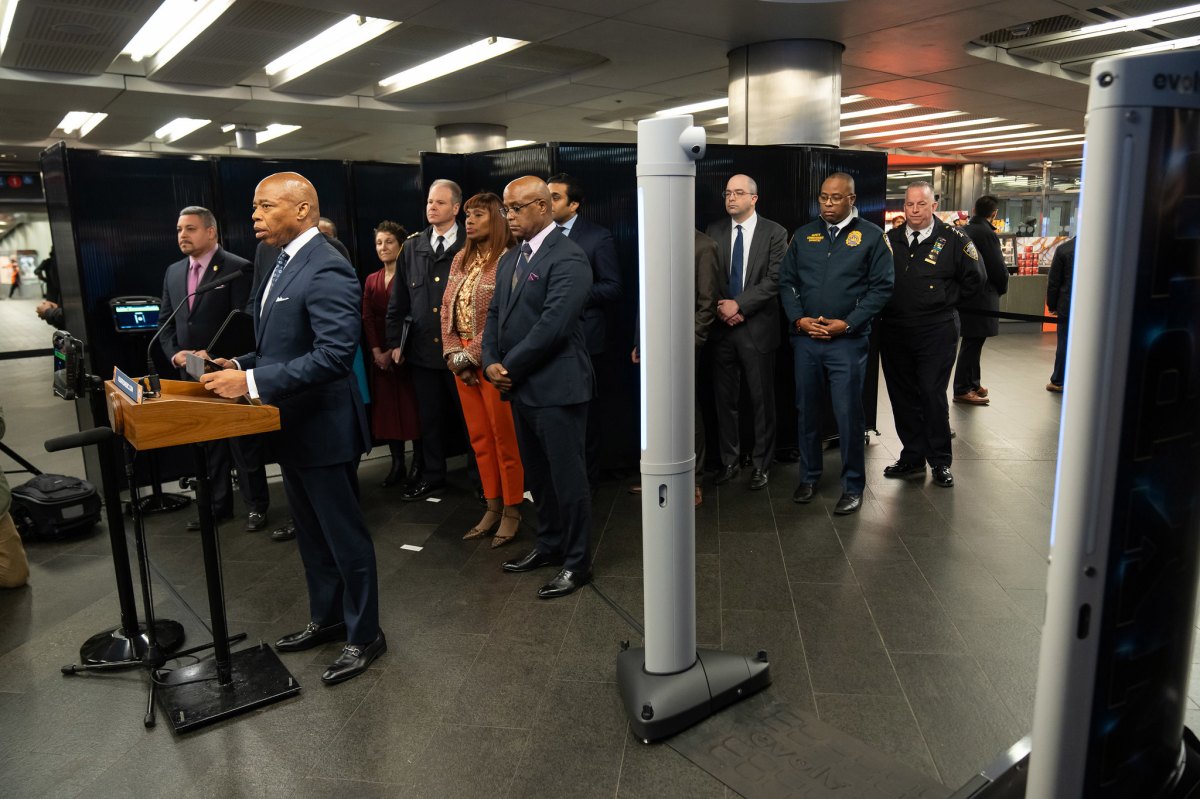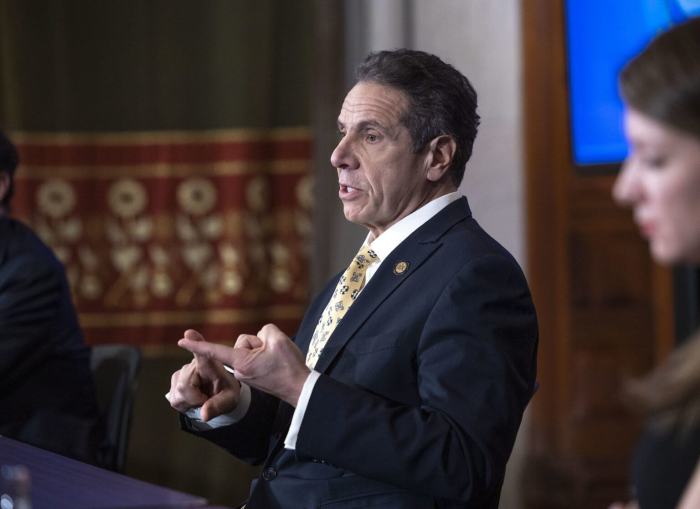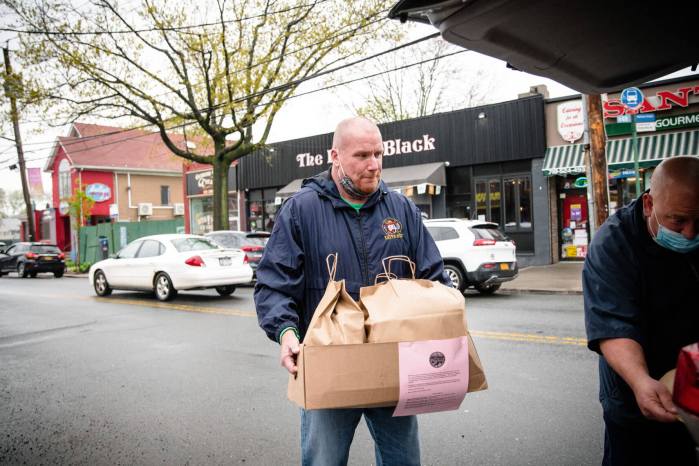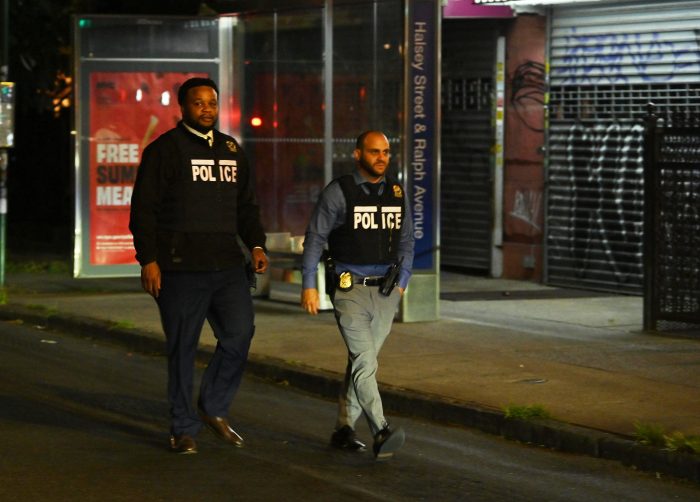Agencies that provide specialized care for people with developmental disabilities are facing a round of unprecedented Medicaid cuts, which care providers say will lead to hundreds of layoffs.
Care Coordination Organizations, which help manage things like healthcare, housing, food, and legal assistance for people with developmental and intellectual disabilities, face a 16 percent reduction from the state’s Office of People with Developmental Disabilities — which advocates say will total up to $75 million in lost funding statewide each year.
Care providers say the cuts, which stem from coronavirus-related budget shortfalls and are set to go into effect on July 1, may not have an impact on the number of people they serve — but they will negatively impact the quality of care they are able to offer.
“The issue is the impact on the quality of the service,” said James Moran, CEO of Care Design NY, which services a little over 10,000 people in Brooklyn and 108,000 people across New York state. “It’s no different than thinking about a hospital taking a smaller kind of cut. They’re not going to stop serving people that walk in the door…it’s the impact of the quality of the service.”
And the quality of the care is no small matter to the families of those who receive it, said one parent who worried that providers would become unable to properly tailor their care to the individual needs of the people they service.
“Care Design doesn’t just care for, they care about,” said East Flatbush parent Geri Turner Bright, whose 22-year-old son Robert has been with the program since its inception two years ago. “They have a general mission, but then it becomes individualized.”
Those enrolled in the program — the majority of whom live at home with family instead of in a group home setting — are assigned a care manager, who normally help to provide care to roughly 30 participants each.
For the Bright family, that has meant having their care manager Debra Emmanuel-Edwards help enroll Robert in Medicaid, and help them organize their two-family home so that Robert could live with some independence in the spare apartment.
“They see and understand what our goal is for our son,” Bright said. “For every single family whose child or adult is in their care, they’re caring about them, so our program looks totally different than everybody else’s.”
The cuts come after the state’s arrangement with the federal government — in which the feds covered 90 percent of Medicaid costs and the state covered only 10 percent — comes to an end after two years from the program’s inception. As of July 1, the federal government will require the state to pay 50 percent of the Medicaid bill when it comes to care coordination organizations.
Both the state and the service providers knew the changes in funding were on the horizon, and service providers even proposed alternative, less devastating budget cuts to their own organizations that they say would have saved the state almost the same amount of cash. According to Moran, they received no response from the state.
The Office of People with Developmental Disabilities defended the cuts and claimed they would result in no changes to the services families receive.
“OPWDD does not anticipate changes to the service provided as a result to this targeted approach,” a spokesperson said. “The reduction in payments to care management will not impact direct support professionals who provide services to individuals and is consistent with the enacted budget.”
The 16 percent cut is just the latest in a long series of slashes to services that help New Yorkers with developmental and intellectual disabilities over the past decade, which have done the most damage to the group home system. The budget blows also come as direct service providers, like those at Care Coordination Organizations, find themselves on the front lines of the novel coronavirus pandemic.
Moran says it hints at a greater attitude within Albany that people with disabilities are an expensive population to care for, putting them first in line for the chopping block.
“More and more with the fiscal pressures this is seen as a high-cost population,” he said. “Here’s a program you started less than two years ago and you’re already planning to reduce funding even though it’s still in the stage it’s in — it’s not very thought through.”
This story is part of an ongoing series about group homes on the front lines of the COVID-19 crisis, and the pandemic’s impact on those with developmental disabilities.





















